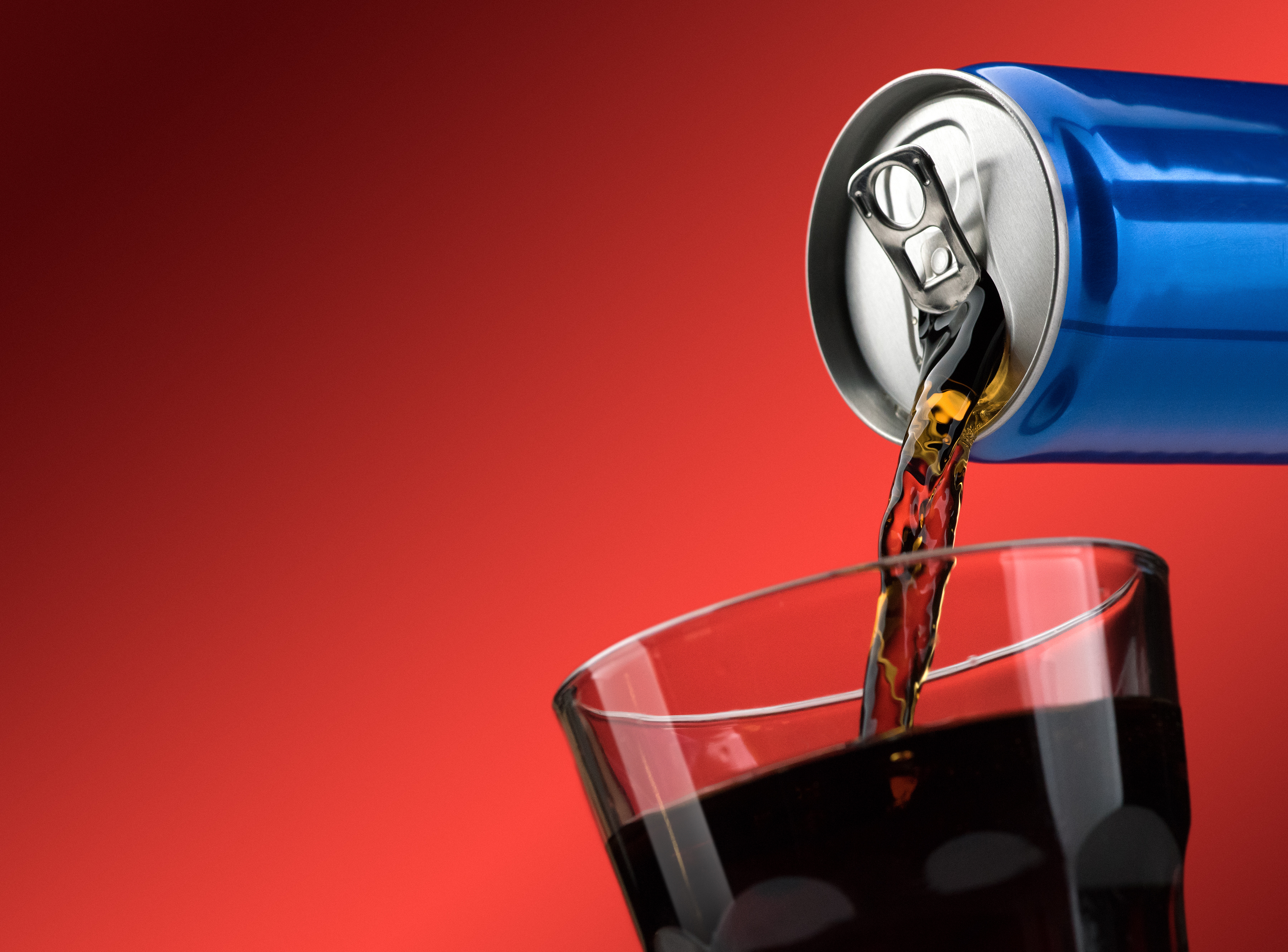
Sugary Drink Tax Models Offer Significant Health Gains, Health Care Cost Reductions
Frequent consumption of sugary drinks are known to be linked to obesity, cardiovascular disease (CVD), and diabetes. In the United States, sugary drinks are the largest source of added sugar to the diet of Americans, with approximately 60% of children and 50% of adults consuming sugary drinks daily.
Researchers in Boston created a microsimulation model to test 3 potential types of taxation on sugary drinks. The first model was a flat tax by volume at $0.01 per ounce (volume tax), which is currently the only type used in US cities.
The second was a tiered tax based on sugar content (tiered tax), with 3 possible tiers that ranged from $0.00 for less than 5 grams of added sugars per 8 ounces, to $0.02 per ounce of added sugars for more than 20 grams of added sugars per 8 ounces. The final model assessed in the study was a fixed tax based on absolute sugar content (absolute content tax) at $0.01 per teaspoon of added sugars, regardless of the number of ounces.
After assessing each type of taxation, the researchers found that all scenarios would generate tax revenue, lower health care costs, and prevent CVD events and diabetes cases. However, they observed that the tiered tax and sugar content tax types, in particular, would generate the greatest advantages to health systems while also supporting cost savings.
Younger adults aged 35 to 44 years, Blacks, Hispanics, and adults with lower incomes were estimated as potentially experiencing the greatest health benefit from a sugary drink tax. For this reason, the researchers noted that a sugary drink tax could potentially help to mitigate health disparities among these groups.
"Overwhelming evidence confirms that food prices have a big impact on purchasing decisions. Taxing sugary drinks influences consumer choices, reducing consumption," said co-lead study author Yujin Lee, PhD, a postdoctoral fellow of the Friedman School of Nutrition Science and Policy at Tufts University in Boston, in a press release. "US cities have introduced volume taxes on sugary drinks. But our findings suggest that a tiered fixed sugar content tax would be best, reducing consumer intakes while also encouraging manufacturer reformulations to reduce the sugar content of their products."
In order to estimate the potential health impact, quality-adjusted life-years costs, and cost-effectiveness of each tax type, the researchers used nationally representative data and a validated computer simulation model. The simulation model used pulled data pertaining to adults aged between 35 and 80 years across 3 National Health and Nutrition Examination Survey cycles from 2009 to 2014. This allowed them to obtain sociodemographics, cardiometabolic risk factors, and lifestyle habits of these adults for assessment.
Additionally, net costs were assessed by adding the expense of the government's implementation of tax collection with the industry's compliance and reformulation costs, then subtracting health care savings from fewer medical screenings, treatments, medications, surgeries and supplies, discounted at 3% annually.
According the simulation model in the study, the volume tax type could prevent 850,000 CVD events and 269,000 cases of diabetes, while gaining an estimated 2.44 million quality-adjusted life years across the population. Additionally, it could generate $80.4 billion in federal tax revenue and save $53.2 billion net health care costs.
On the other hand, the tiered tax structure has the potential to significantly increase the advantages of a volume-based tax, as it could prevent 1.67 million CVD events and 531,000 diabetes cases, while gaining 4.85 million quality-adjusted life years. It would also be able to generate $142 billion in tax revenue and save $105 billion in net health care costs.
The estimate of an absolute content tax presented similar results as the tiered-sugar content tax, with a notable decrease in generated tax revenue, which would drop from $142 billion in tax revenue down to $42 billion with the absolute content tax type.
Currently, 7 cities in the United States (Philadelphia, Pennsylvania; Seattle, Washington; Boulder, Colorado; and Berkeley, Albany, Oakland, and San Francisco in California) have volume-based taxes for sugary drinks. Outside of the United States, Mexico, Belgium, Brunei, Norway, and the Philippines have sugary drink taxes that are volume-based, whereas Chile, Ireland, the United Kingdom, France, Portugal, and South Africa have implemented tiered taxes on sugary drinks.
The American Heart Association has been advocating for a tiered tax, but has also supported the volume tax, which was more successful in the United States, as it is the only tax option that has successfully been passed in cities.
"Our study underscores the importance of considering different sugary drink tax designs in any new local, state, and federal efforts to improve health outcomes and save health care costs," Lee said.
REFERENCE
Sugary drink tax models show health gains, cost reductions, but vary by tax design. Dallas, TX: American Heart Association; June 22, 2020. eurekalert.org/pub_releases/2020-06/aha-sdt061720.php. Accessed August 21, 2020.
"drink" - Google News
August 25, 2020 at 12:23AM
https://ift.tt/2EpLIXN
Sugary Drink Tax Models Offer Significant Health Gains, Health Care Cost Reductions - Pharmacy Times
"drink" - Google News
https://ift.tt/2STbaKe
https://ift.tt/2VWmZ3q
Bagikan Berita Ini














0 Response to "Sugary Drink Tax Models Offer Significant Health Gains, Health Care Cost Reductions - Pharmacy Times"
Post a Comment